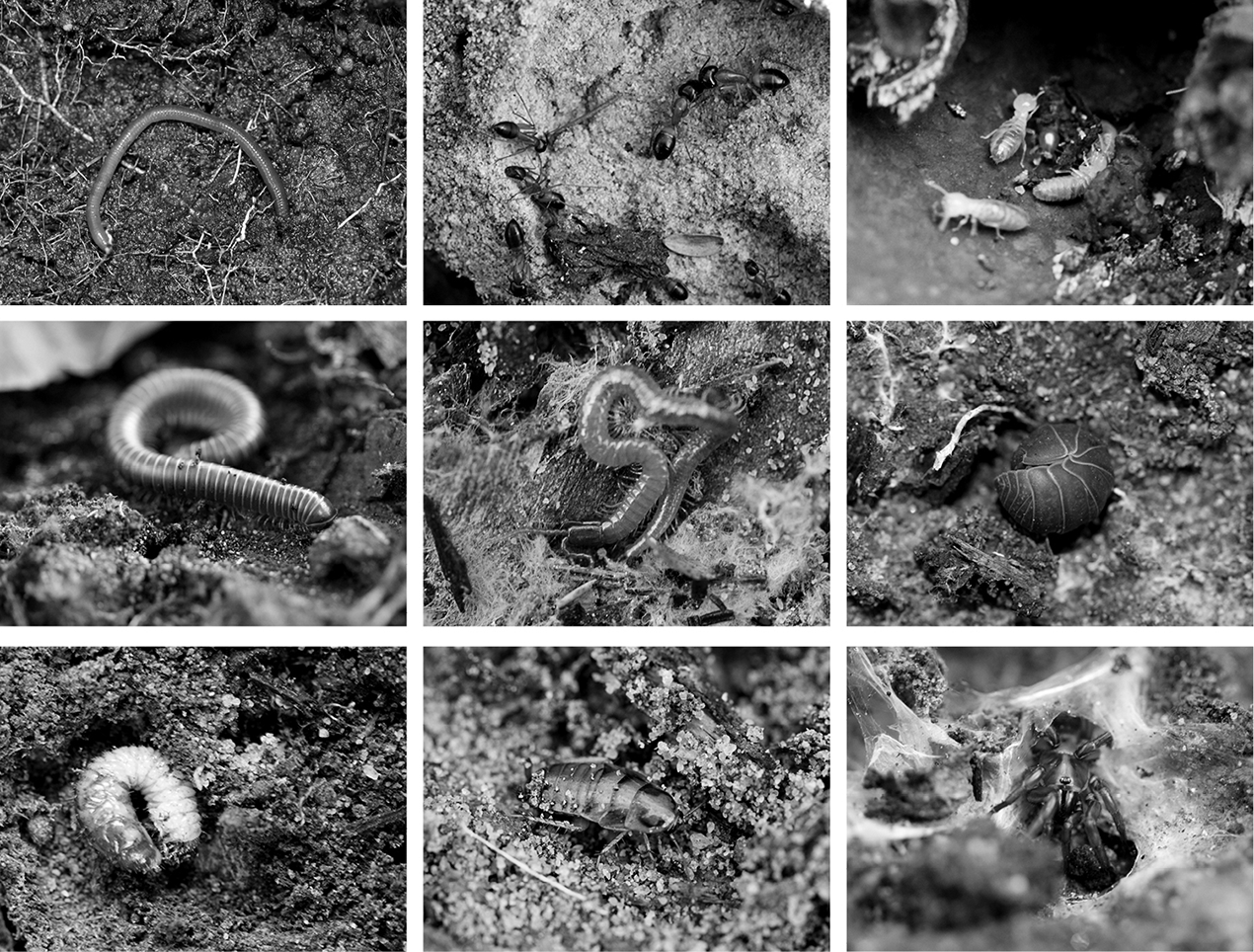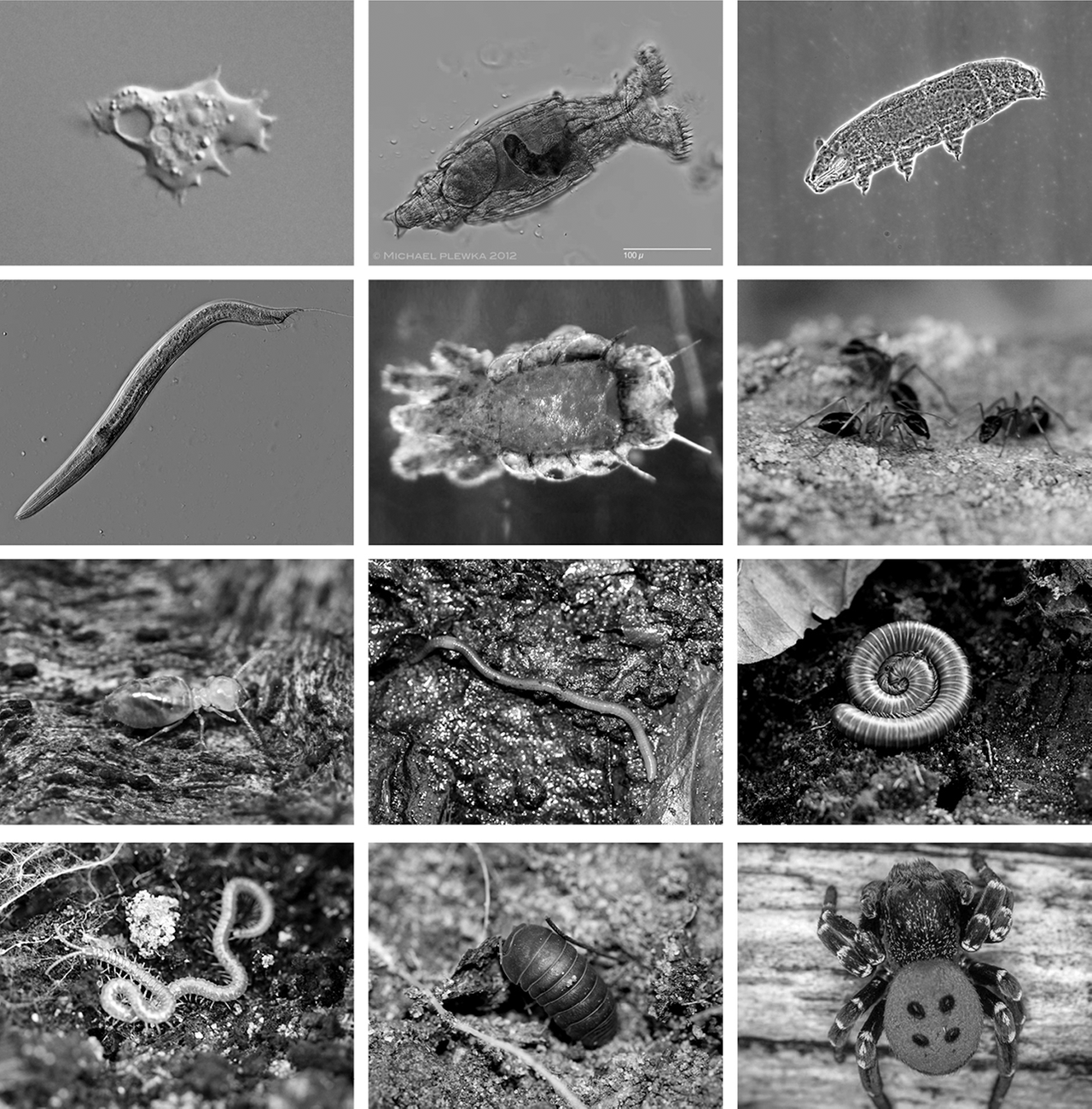General characteristics of the micro and mesofauna of agricultural land
0 comments
In the soil there are millions of living beings that are essential for the fertility and health of the soil, these are of multiple sizes, some are so small that a microscope must be used to see them, these are called microorganisms. Others are observed that are not so small, but their size is reduced, their identification depends on the use of a magnifying glass or a stereoscope, in addition, there are larger organisms such as earthworms, nematodes, hundred feet, which are called mesofauna or macro fauna.



▶ The soil works like a stomach, since organic matter is added to it, the natural food of the soil, which digests and makes proteins, amino acids and vitamins available to the plants as nutrients. To fulfill this function, the soil must have an active microbial flora or microfauna, which must be protected and increased by providing organic matter.

▶ Credits: soilisalive – [Image of Public Domain]
≕ I invite you to stay tuned and read my next contribution ≔
With optimal conditions, microbial life and mesofauna (bacteria, fungi, actinomycetes, yeast, protozoa, insects and nematodes), it will degrade the organic remnants and will be able to nourish the plants.
It does this through the microbial flora, which, being very small organisms (unicellular) upon feeding, predigest the organic matter outside its body. Once the nutrients are digested and dissolved, they are absorbed by the cell membrane, releasing metabolites and a large number of enzymes into the soil solution.

Among these gums we have; ureases, catalases, invertases, phosphatases, which increase the enzymatic potential of the soil, which is why the soil is not more active due to the population of microorganisms, but due to the concentration of enzymes, this potential facilitates the availability and absorption of nutrients for the plant.
NOTE: Reference material.
Waivio AI Assistant
How can I help you today?
Comments